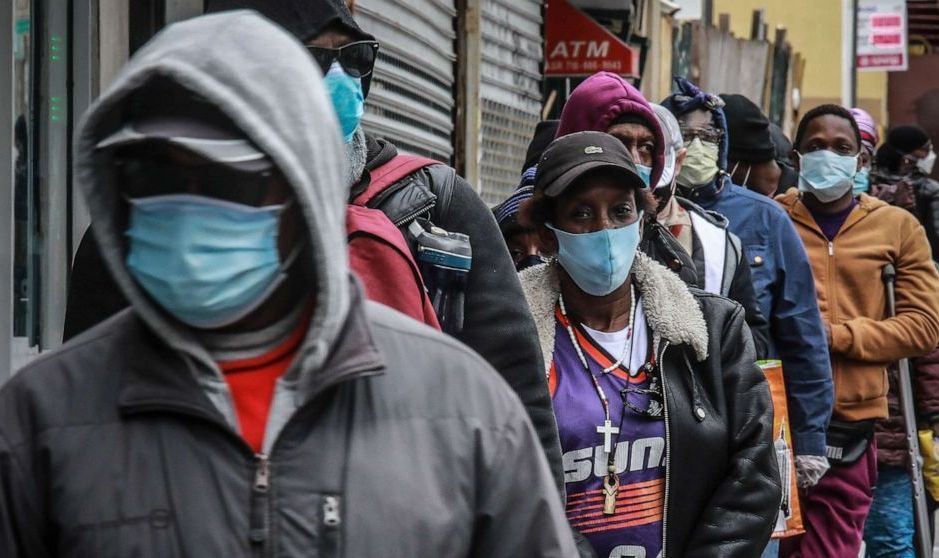In 1983, The Police, recorded a song called “Synchronicity.” Some of the lyrics:
We know you, they know me
Extrasensory
Synchronicity
A star fall, a phone call,
It joins all,
Synchronicity
The word synchronicity generally has positive connotations and is briefly defined as a “meaningful coincidence.” Could it be a coincidence, meaningful or otherwise, that the Ontario Minister of Education is now pushing all forms of distant learning so soon after he was facing an uphill struggle to get mandatory e-learning accepted by high school teachers as part of their contractual obligations.
During this crisis, teachers have had their vocabulary expanded beyond “synchronicity” to include the terms “synchronous” and “asynchronous” used to describe different types of distance learning in the age of COVID-19. Thus synchronous is understood to mean real time, interactive, teacher-initiated video conferencing, and is contrasted with asynchronous: pre-recorded teacher videos, exchange of e-mails with internet links, posting of worksheets, with no direct interaction.
Minister of Education Lecce last Friday sent out a memo to Boards of Education: “while the expectation of the ministry was that educators would embrace the use of synchronous (real-time) learning during the school closure period, there has been an inconsistent uptake of this mode of learning.” This drew a sarcastic response from one teacher on a Facebook forum:
“Oh, hi, Ontario Educators! All that work you’ve been doing for the last 5 weeks, at all hours of the day, from your car/living room/basement/wherever you can find a corner? Hmmm…pardon your Minister of Ed while he just rips apart all your efforts to tell you you’ve been doing it ‘wrong.’”
It’s worth bearing in mind that what research there has been on synchronous learning has been concentrated in the area of higher education with students who have longer attention spans and more developed executive functioning skills (the mental processes that enable us to plan, focus attention, remember, and juggle multiple tasks). To expect a group of thirty eight-year olds to meaningfully participate with teacher and classmates in an hour long Zoom conference boggles the mind. And where there has been mass delivered synchronous learning during COVID-19, unsurprisingly the evidence shows that it is concentrated in private schools and academic programs.
Continuing the post of the sarcastic teacher on Facebook:
“To all my fellow teachers, I think what our education minister meant to say was thank you teachers, for recreating Ontario’s education system with literally no direction on how to do so while I stand in front of Ontario and take credit for how instantaneously online education took off, especially when compared to the links to TVO (TV Ontario) that my government posted. Thank you for increasing your internet costs and paying out of pocket to deliver that education. Thank you for using your own personal devices and data plans to deliver that education and reach out to students. Thank you for being wise enough to recognize the implications of live-chatting with children over the internet and protecting yourself from allegations of professional misconduct. Thank you for reminding the government that giving children recordings of you opens up a world of editing possibilities including the manipulation of recorded speech and the inserting of pornography in the background. Thank you for how seamless you have made online teaching seem despite the fact that you are delivering lessons from your kitchens, basements, living rooms, etc, in houses full of children, babies, etc. We know that there is no replacement for the classrooms. Yes the data shows that Coronavirus infection in children is lower but children can carry it and transmit it to the over 80,000 adults who are teaching them and we can’t ignore those people, some of whom could die. I think, fellow educators, this is what our education minister meant to say but he spelled it wrong.”
In the fight against COVID-19, teachers aren’t generally included as being among the front-line workers – the nurses, PSWs, orderlies, transit drivers. Yet most parents are full of praise for the work of teachers during this crisis. They have come to understand the daily realities of teachers dealing with big classes and with students coming from mixed abilities and different socio-economic backgrounds. One of the most novel – and disruptive – things about life in pandemic culture is that parents, children, and teachers are being forced to adjust to a new rhythm of school and work at home.
And when schools are officially reopened, besides the measures necessitated by physical distancing, other changes will need to be introduced – smaller class sizes through hiring more teachers, greater support for disadvantaged students by hiring more educational assistants and support staff. Public education, like the health care system, has proved to be a major conquest for the labour movement in Canada. But, in the context of a capitalist system there’s only so much that a progressive education system can achieve. The inequalities and the racism that are embedded in capitalism inevitably reproduce themselves in the schools. As we come out of this crisis, the struggle is not just of the education unions for better staffing ratios, it’s also a struggle of the entire labour movement for a society that can guarantee every child, no matter their background, all the opportunities to develop their talents and abilities. That would be a socialist society, brought on by synchronicity maybe.




